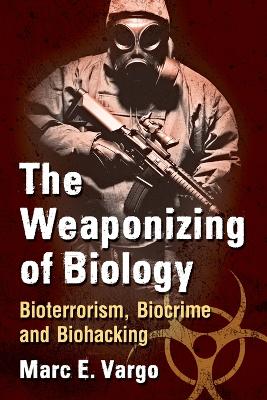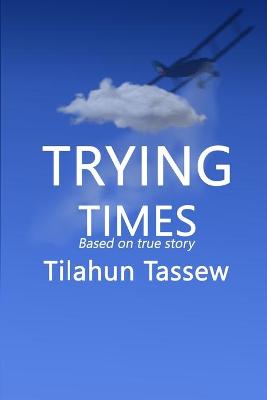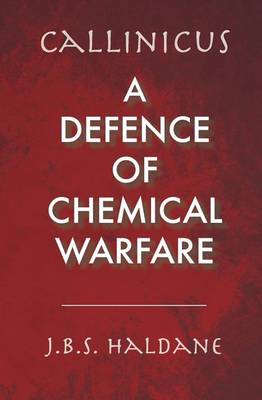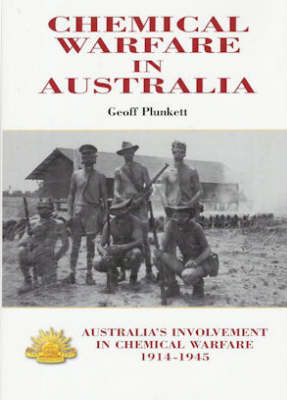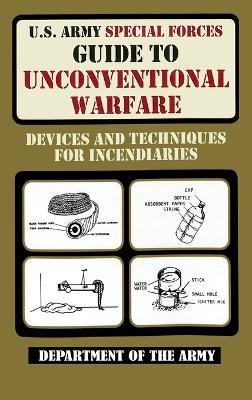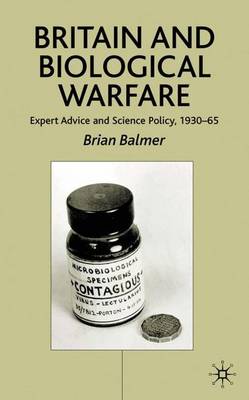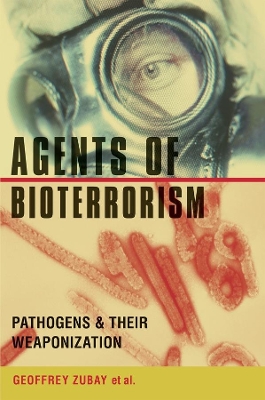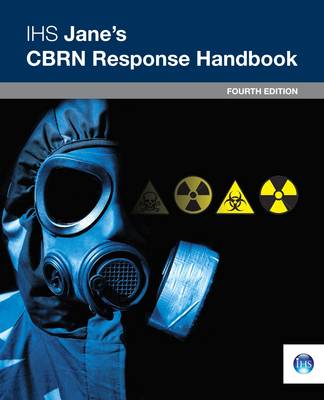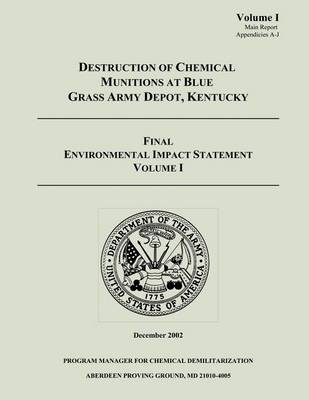Focusing on three forms of biological threat - bioterrorism, biocrime and biohacking - the author examines the history of biowarfare and terrorism, including the ideologies and motives of violent extremist organizations. Groups drawn to biological aggression are discussed, along with the array of viruses, bacteria and toxins they might use in their attacks. The phenomenon of biocrime - biological aggression targeting individuals for personal rather than ideological reasons - is explored, along w...
Chemical Warfare during the Vietnam War documents the use of antipersonnel chemical weapons throughout the Vietnam War, and explores their effectiveness under the wide variety of circumstances in which they were employed. The short, readable account follows the US program as it progressed from a focus on the humanitarian aspects of non-lethal weapons to their use as a means of augmenting and enhancing the lethality of traditional munitions. It also presents the efforts of the North Vietnamese to...
Holding Their Breath (Battlegrounds: Cornell Studies in Military History)
by Associate Professor M Girard Dorsey
An Evaluation of Radiation Exposure Guidance for Military Operations
by Fred A Mettler, J. Christopher Johnson, and Susan Thaul
Review of International Technologies for Destruction of Recovered Chemical Warfare Materiel
The Chemical Weapons Convention requires, among other things, that the signatories to the convention--which includes the United States--destroy by April 29, 2007, or as soon possible thereafter, any chemical warfare materiel that has been recovered from sites where it has been buried once discovered. For several years the United States and several other countries have been developing and using technologies to dispose of this non-stockpile materiel. To determine whether international efforts have...
Weapons of Mass Destruction (Britannica Guide to War (Rosen Educational Publishing)) (Britannica Guide to War)
From fear of sabotage on the London Underground to the first anthrax bomb and massive outdoor tests, Britain and Biological Warfare tells the largely untold history of biological weapons research and policy in the UK. Drawing on recently declassified documents, this book charts the secret history of germ warfare policy from the 1930s to the mid-1960s. Britain and Biological Warfare explores the role of independent advisors in shaping one of the most significant biological warfare research progra...
Chemical and Biological Warfare (Open for Debate)
by Karen Judson
Remediation of Buried Chemical Warfare Materiel
by National Research Council
As the result of disposal practices from the early to mid-twentieth century, approximately 250 sites in 40 states, the District of Columbia, and 3 territories are known or suspected to have buried chemical warfare materiel (CWM). Much of this CWM is likely to occur in the form of small finds that necessitate the continuation of the Army's capability to transport treatment systems to disposal locations for destruction. Of greatest concern for the future are sites in residential areas and large si...
This new work offers a clear and thorough account of the threats posed by bioterrorism from the perspective of biologists. The authors examine thirteen disease-causing agents, including those responsible for anthrax, the plague, smallpox, influenza, and SARS. Each chapter considers a particular pathogen from the standpoint of its history, molecular biology, pathology, clinical presentation, diagnosis, weaponization, and defenses. The book also examines strategies for making vaccines and protecti...
Chemical, Biological, Radiological, Nuclear, and High Yield Explosives Operational Headquarters (FMI 3-90.10)
by Department of the Army
Internationale Beziehungen. Theorie und Geschichte.
by Thomas Freiberger
CBRN Response Handbook, 4th Edition
An Evaluation of Radiation Exposure Guidance for Military Operations
by Of Medicine Institute

